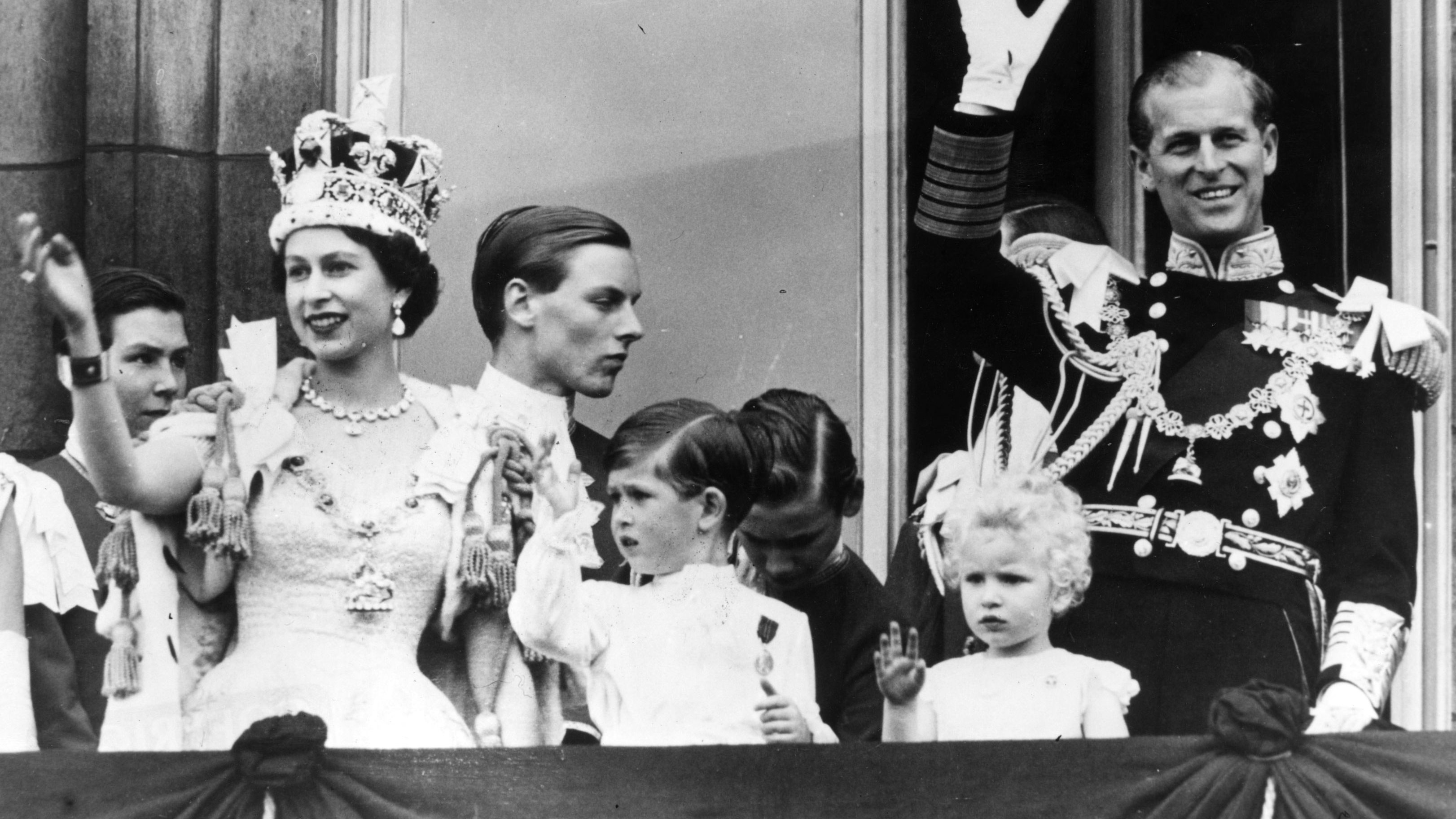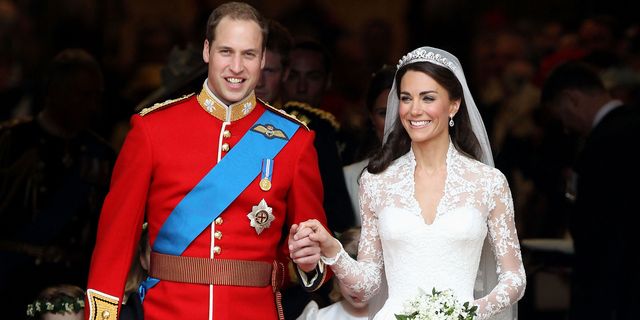Historic Union in the Making: Prince Jaime of Bourbon-Two Sicilies and Lady Charlotte Lindesay-Bethune are set to tie the knot in Palermo, Italy, in September 2021. This momentous occasion marks a significant milestone, as it will take place ninety years after the 1931 nuptials of the Count and Countess of Paris, the groom's great-grandparents, in the same location.
The wedding of the eldest child of Prince Pedro, Duke of Calabria, and the youngest child of the 16th Earl of Lindsay will be celebrated in the majestic Cathedral of Palermo, followed by a grand reception at the Palazzo dei Normanni. This union brings together two esteemed families, and the ceremony promises to be a spectacular event, blending tradition and elegance.
what are the key historical events that have shaped the royal families involved in this marriage

- The 1931 Nuptials of the Count and Countess of Paris: This event is significant because it will be celebrated ninety years later by the couple, marking a historical milestone in their union.
- The Medieval Period and Anglo-Scottish Accords: The marriage of Margaret, daughter of Henry III of England, to Alexander III of Scotland in 1251 exemplifies the strategic use of royal marriages to strengthen alliances and maintain good relations between neighboring kingdoms.
- The Tudor Dynasty and the Spanish Alliance: The marriage of Prince Arthur to Catherine of Aragon in 1502, followed by the marriage of Henry VIII to Catherine after Prince Arthur's death, highlights the importance of royal marriages in establishing powerful alliances and asserting legitimacy.
- The Norman Conquest and the Marriage of William the Conqueror and Matilda of Flanders: The marriage of William the Conqueror to Matilda of Flanders in 1053 demonstrates how royal marriages could be used to secure power and create lasting alliances.
what significant events have influenced the Bourbon-Two Sicilies family

- The Norman Conquest and the Unification of Sicily and Naples: The Normans united the southern part of the Italian peninsula with the island of Sicily in the 11th century, laying the foundation for the Kingdom of the Two Sicilies.
- The Spanish and Bourbon Rule: The Spanish and then the Bourbon dynasties ruled over the Kingdom of the Two Sicilies from the 16th to the 19th century, with the title of King of the Two Sicilies becoming official in 1815.
- The Congress of Vienna and the Restoration of the Monarchy: The Congress of Vienna in 1815 led to the restoration of the monarchy in Naples and the unification of the Kingdom of the Two Sicilies, with Ferdinand IV returning to power.
- The French Invasion and the Rise of the Carbonari: The French invasion of Southern Italy in the early 19th century led to the rise of the Carbonari, a secret society that sought to overthrow the monarchy and establish a republic.
- The Merger of the Two Kingdoms: The merger of the Kingdom of Naples and the Kingdom of Sicily into the Kingdom of the Two Sicilies in 1815, under the rule of Ferdinand I, marked a significant turning point in the history of the dynasty.
- The Industrialization and Unification of Italy: The industrialization of northern Italy and the unification of Italy under the House of Savoy in the late 19th century led to the decline of the Kingdom of the Two Sicilies and the rise of a new Italian nation-state.
what role did the French Revolution play in the Bourbon-Two Sicilies family's history
 |
| Prince Jaime of Bourbon-Two Sicilies and Lady Charlotte Lindesay-Bethune |
Prince Jaime of Bourbon-Two Sicilies, Duke of Noto, and Lady Charlotte Diana Lindesay-Bethune will marry in Palermo in September 2021. Their union will take place ninety years after the 1931 nuptials of the Count and Countess of Paris, the groom's great-grandparents, and in the same location.
 |
| Jaime and Charlotte with Gianfranco Miccichè |
 The wedding of the eldest child of Prince Pedro, Duke of Calabria, and the youngest child of the 16th Earl of Lindsay will be celebrated in the Cathedral of Palermo. The wedding reception will take place at the the Palazzo dei Normanni.
The wedding of the eldest child of Prince Pedro, Duke of Calabria, and the youngest child of the 16th Earl of Lindsay will be celebrated in the Cathedral of Palermo. The wedding reception will take place at the the Palazzo dei Normanni.what are the main themes of the article
- The 1931 Nuptials of the Count and Countess of Paris: This event is significant because it will be celebrated ninety years later by the couple, marking a historical milestone in their union.
- The Medieval Period and Anglo-Scottish Accords: The marriage of Margaret, daughter of Henry III of England, to Alexander III of Scotland in 1251 exemplifies the strategic use of royal marriages to strengthen alliances and maintain good relations between neighboring kingdoms.
- The Tudor Dynasty and the Spanish Alliance: The marriage of Prince Arthur to Catherine of Aragon in 1502, followed by the marriage of Henry VIII to Catherine after Prince Arthur's death, highlights the importance of royal marriages in establishing powerful alliances and asserting legitimacy.
- The Norman Conquest and the Marriage of William the Conqueror and Matilda of Flanders: The marriage of William the Conqueror to Matilda of Flanders in 1053 demonstrates how royal marriages could be used to secure power and create lasting alliances.
The union of Prince Jaime of Bourbon-Two Sicilies and Lady Charlotte Lindesay-Bethune is a significant event in the history of the royal families involved. As we have seen, the marriage will take place ninety years after the 1931 nuptials of the Count and Countess of Paris, the groom's great-grandparents, and in the same location. This historic event highlights the importance of royal marriages in maintaining alliances and asserting legitimacy, as seen in the medieval period and the Spanish and Bourbon rule over the Kingdom of the Two Sicilies.
As we reflect on this momentous occasion, we are reminded of the enduring legacy of the royal families involved. The Bourbon-Two Sicilies dynasty has played a crucial role in shaping the history of Italy and its diaspora, and this union will continue that tradition. The couple's marriage will be celebrated in the majestic Cathedral of Palermo, followed by a grand reception at the Palazzo dei Normanni, a testament to the grandeur and pageantry of royal weddings. As we bid farewell to this article, we are left with a sense of awe and appreciation for the rich history and cultural heritage that underlies this union. May the marriage of Prince Jaime and Lady Charlotte be a symbol of the enduring power of royal marriages to bring people together and forge lasting bonds.
what are some lesser-known facts about the Duke of Noto's family history
- Washington Duke's Early Life: Washington Duke, the father of James Buchanan Duke, was born in 1820 on a small farm in Orange County, North Carolina. He grew up in modest circumstances and later became a pioneering industrialist and philanthropist.
- The Dukes' Tobacco Empire: The Duke family built a worldwide financial empire in the manufacture of tobacco products, particularly through the American Tobacco Company founded by Washington Duke's sons, Benjamin and James.
- James Buchanan Duke's Philanthropy: James Buchanan Duke, the founder of Duke University, was a prolific philanthropist who donated significantly to Trinity College, which later became Duke University. He established The Duke Endowment in 1924 to support the expansion of Trinity College into Duke University.
- The Duke Family's Connection to Trinity College: The Duke family had a long-standing connection with Trinity College, which was founded in 1838. Benjamin Newton Duke, James Buchanan Duke's brother, served as a primary benefactor and link with the Duke family until his death in 1929.
- The Duke Family's Legacy in Education: The Duke family has played a significant role in shaping education in the United States. Duke University was established in 1924 as a memorial to Washington Duke, and the family has continued to support education through various philanthropic efforts.
- The Duke Family's Connection to the United Methodist Church: Duke University maintains a historic affiliation with the United Methodist Church, reflecting the family's strong ties to the denomination.
- The Duke Family's Legacy in Science and Research: The Duke family has also made significant contributions to science and research. The Duke Lemur Center, for example, is a world-renowned facility dedicated to the study of prosimian primates.
No comments:
Post a Comment